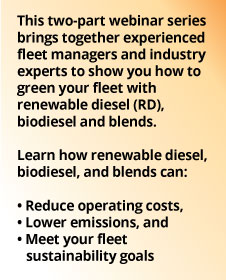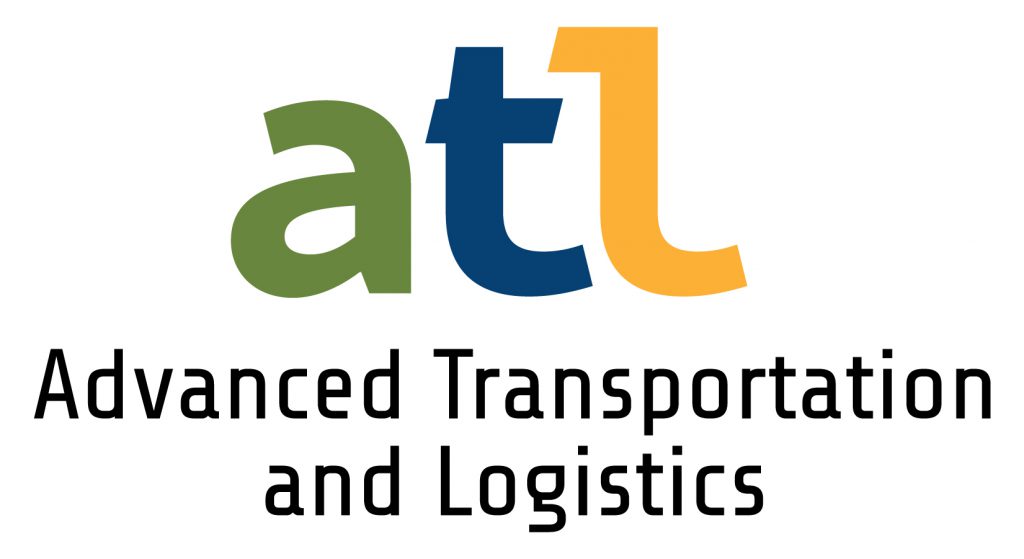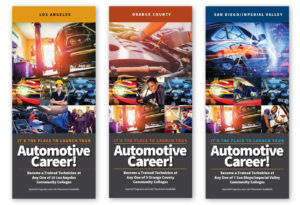Quick Links
The Electric Vehicle “How To” Series
Part I: Preparing For Your Electric Transition
Part II: Preparing For Infrastructure
Part III: Preparing For The Next Level
Introduction to Renewable Liquid Fuels
Part I: Basics, Costs, and Benefits of Renewable Diesel, Biodiesel, and Blends
Part II: Fleet Experiences Using Renewable Diesel, Biodiesel, and Blends
The Electric Vehicle “How To” Series
Part I: Preparing For Your Electric Transition
You have considered or decided to go electric. You’ve seen the EV 101 course a hundred times, done some research, and understand the basics—there’s a lot of information out there, but where do you start? This three-part series covers those next steps. In Part I, learn how to approach fleet transitions, including charging infrastructure and utility engagement.
Speaker’s Presentation (please credit in using these materials)
Rick Durst – https://drive.google.com/file/d/1Wgniro1RQ7z-PlWLOJuRUoGyUvqd9xlC/view?usp=sharing
Sarah Booth – EMAIL: booth@sawatchlabs.com
Randal Kaufman – EMAIL: KaufmanR@bv.com
Part II: Preparing For Infrastructure
In Part II: Preparing For Infrastructure, speakers highlighted approaches to charging infrastructure for the workplace, public networks, and regional corridors.
Joining us as guest speakers were Tammie Bostick, Joanna Bell, and John Mikulin from Utah Clean Cities, San Francisco Clean Cities, and US EPA, respectively. Tammie shared her cutting edge Workplace Electric Case Study. Joanna highlighted considerations for publicly accessible charging networks from her Harvard Kennedy School capstone project. John Mikulin explained regional electric infrastructure initiative/developments (AFICC).
Part III: Preparing For The Next Level
In the final part of this webinar series, Part III gave a preview of what’s out there and what’s coming: trucks, buses, and infrastructure development
Special thanks to Tony Cademarti from the City of Everett, Washington; Michael McDonald from UPS; and John Mikulin from the United States Environmental Protection Agency. Tony Cademarti highlighted his experiences on deploying electric buses, real issues, and why he’s buying more. Michael McDonald shared his experience with medium- and heavy-duty electric vehicles and the state of technology. John Mikulin wrapped up the webinar with an overview of existing policies and programs encouraging development and deployment of medium- and heavy-duty zero-emission powertrain technologies in the United States.
Introduction to Renewable Liquid Fuels
Part I: Basics, Costs, and Benefits of Renewable Diesel, Biodiesel, and Blends
Curious about renewable biofuels and how they can reduce costs and emissions? Are regen issues plaguing your diesel fleet? Is your City Council or management proposing deep carbon emission reductions with no increase in your budget? Look no further than these drop-in substitutes for petroleum diesel: renewable diesel, biodiesel, and renewable diesel/biodiesel blends.
Part II: Fleet Experiences Using Renewable Diesel, Biodiesel, and Blends
You heard from industry leaders about the basics of renewable liquid fuels in Part I, now hear from the users: fleet managers. We’ve handpicked fleets from across the country that are realizing the performance, financial, and environmental benefits of renewable diesel, biodiesel, and blends. Some of these fleets have tips and tricks for managing fuels in colder climates, others are experiencing better DPF performance, and all are reducing emissions with drop-in renewable fuels requiring no added infrastructure.



